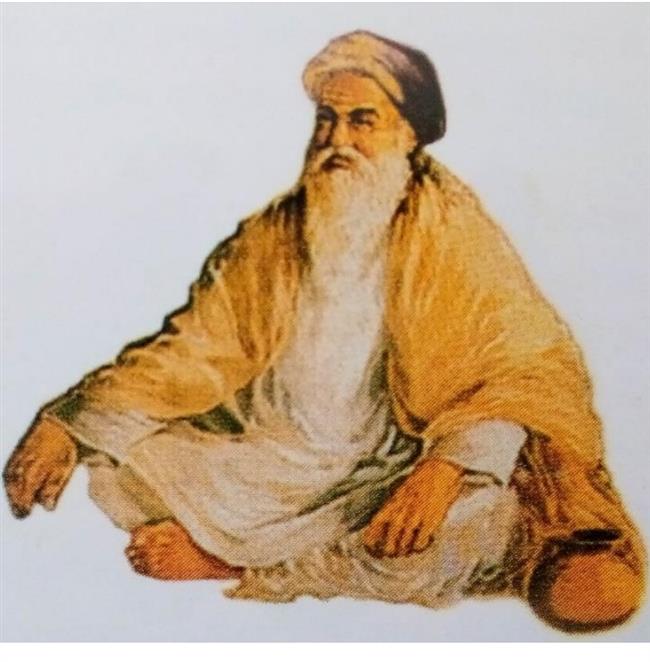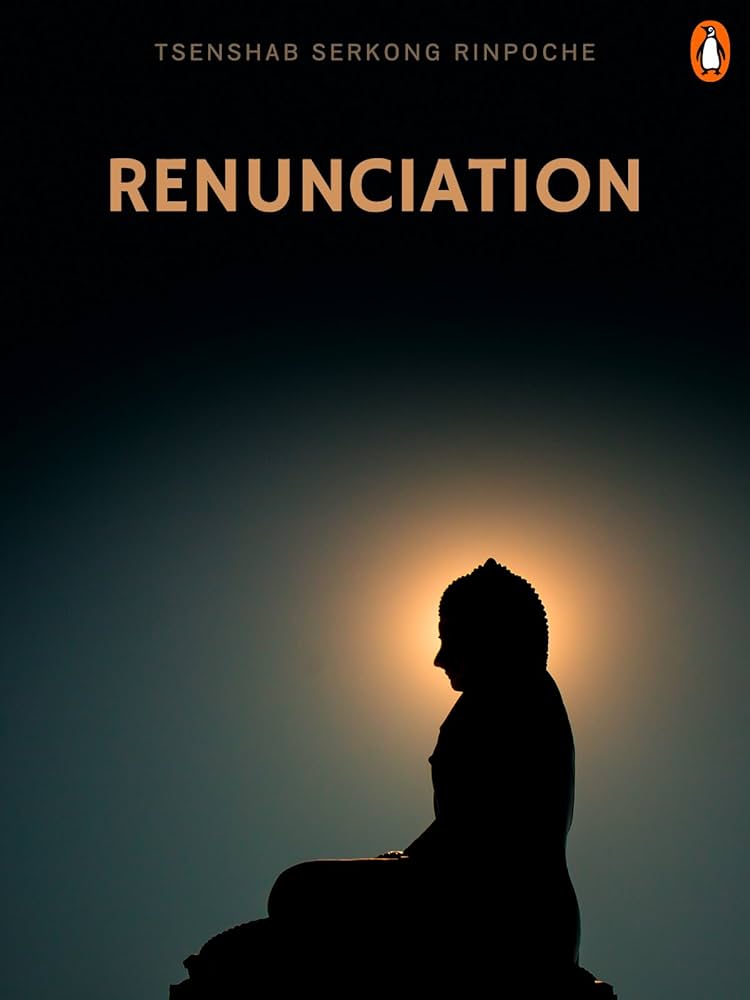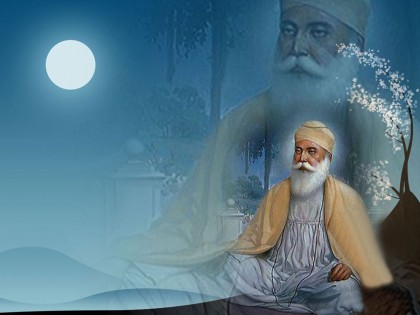BHAGAT- Bhagat has roots in the word Bhaj or Bhakt, which means divided (into self and the \'other\'; this \'other\' may be a god or the Almighty) or sacrificed (into pieces for some god or for the Almighty); hence, Bhagat is one who is devoted to some god or the Almighty. The word Bhagt has also been traced to the word Bhaj (to adore, honour, love, revere etc.). It has another root: Bhagvata (devotee of Bhagwan). According to Sikhism, a Bhagat is one who is devoted to the Almighty.
Discover the essence of renunciation across faiths, from Bhakti's devotion to Buddhism's enlightenment and Sikhism's inner surrender.
DASAMDVAR (Skt. dasamadvara), lit. meaning \'tenth gate\', is a concept in Sikhism which signifies the door to enlightenment and spiritual vision. Dasamdvarm the Hathayogic system is also known as brahmrandhra, moksadvara, mahapatha and madhya marga, the terms frequently used in the esoteric literature of medieval India. It is term of religious physiology and its significance lies in its being a concept in the framework of soteriological ideology. Nine apertures (navdvaras) opening towards outside the body serve the physical mechanism of human personality but when their energy, normally being wasted, is consciously channelized towards the self, the tenth gate or the dasamdvar opens inside the body and renders a hyperphysical service by taking the seeker beyond the bondage of embodied existence.
Discover 'SARBATT DA BHALA'—a core Sikh belief promoting unity and prosperity for all humanity. Embrace the spirit of goodwill and active compassion.
FIVE SYMBOLS, a set of five distinctive features or elements of personal appearance or apparel that set off Sikhs from the followers of any other religious faith. Any study of religious symbols involves a dual task: first, to explain the meaning of symbols not only in terms of their original connotations but also on the basis of contemporary categories of understanding; secondly, to discriminate between genuine symbolism and piny post hoc interpretations which later times may have imposed on things originally having little symbolic relevance. A symbol is generally defined as something that stands for, represents or denotes something else, especially a material object representing or taken to represent something immaterial or abstract, as being an idea, quality or condition. Words, phrases and sentences, for instance, represent various beings, ideas, qualities or conditions.
Discover the unique Satkartaria sect, founded by Sarigat Das, with ties to Sikhism and rich history at its Dharamsala in Sri Hargobindpur.
GOD, a term used to denote any object, of worship or evocation, signifies the belief of most modern religions in the existence of a Supreme Being who is the source and support of the spatio temporal material world. Theologians remember Him by the name of God. The fundamental belief of Sikhism, too, is that God exists, not merely as an idea or concept, but as a Real Being, indescribable yet not unknowable. The Gurus, however, never theorized about proofs of the existence of God. For them He is too real and obvious to need any logical proof.
Discover how seva, the profound act of service in Sikhism, merges devotion and duty. Learn its significance in spiritual life and community service.
Explore Bhai Kahn Singh's landmark book, 'Ham Hindu Nahin,' a pivotal 1898 work affirming the distinct identity of Sikhism apart from Hinduism.
Discover the skilled legacy of Sikligar Sikhs, historic weapon makers, their cultural ties to Sikhism, and their evolution in modern India.





